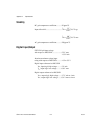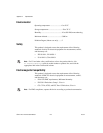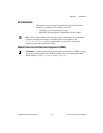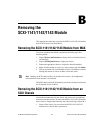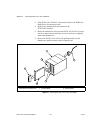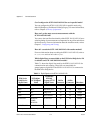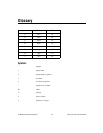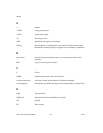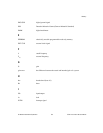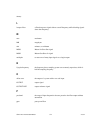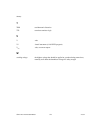Appendix C Common Questions
© National Instruments Corporation C-3 SCXI-1141/1142/1143 User Manual
In LabVIEW, can I use different input limits for the same
SCXI-1141/1142/1143 channel if I repeat the channel in the SCXI
channel string array?
No. The SCXI-1141/1142/1143 cannot dynamically change the gain
settings during scanning. Therefore, group channels with similar input
ranges together in the channel string array. Make sure that repeated
channels in different indices of the channel string array have the same input
limits in the corresponding input limits array.
In LabVIEW, can I use a VI to change my SCXI-1141/1142/1143
configuration settings?
Yes. You can change the configuration settings in NI-DAQmx using
NI-DAQmx Tasks. In Traditional NI-DAQ (Legacy) you can use the
AI Parameter VI to change all the SCXI-1141/1142/1143 configuration
settings. For more information, refer to Chapter 5, Using the
SCXI-1141/1142/1143 Module.
Some SCXI modules permit flexible scanning. Does the
SCXI-1141/1142/1143 module permit flexible scanning?
No. You must scan the channels on the SCXI-1141/1142/1143 module in
consecutive, ascending order. However, you can start the scan with any
channel.
Are there any cabling restrictions when using an SCXI-1141/1142/1143
module with a plug-in E/M Series DAQ device?
Yes. If a chassis contains an SCXI-1520, SCXI-1530/1531, or SCXI-1140
module, at least one of these modules must be the cabled module. A cabled
module is the module connected directly to the E/M Series DAQ device.
This ensures that a timing signal is available for use by all
simultaneous-sampling SCXI modules in the chassis.
What is the power-on state of the SCXI-1141/1142/1143 multiplexer,
analog bus switches, and configuration settings?
The multiplexer, analog bus switches, and configuration settings are not in
a known state immediately after power on. All hardware settings are
programmed automatically when beginning an acquisition in LabVIEW or
a test panel in MAX.



